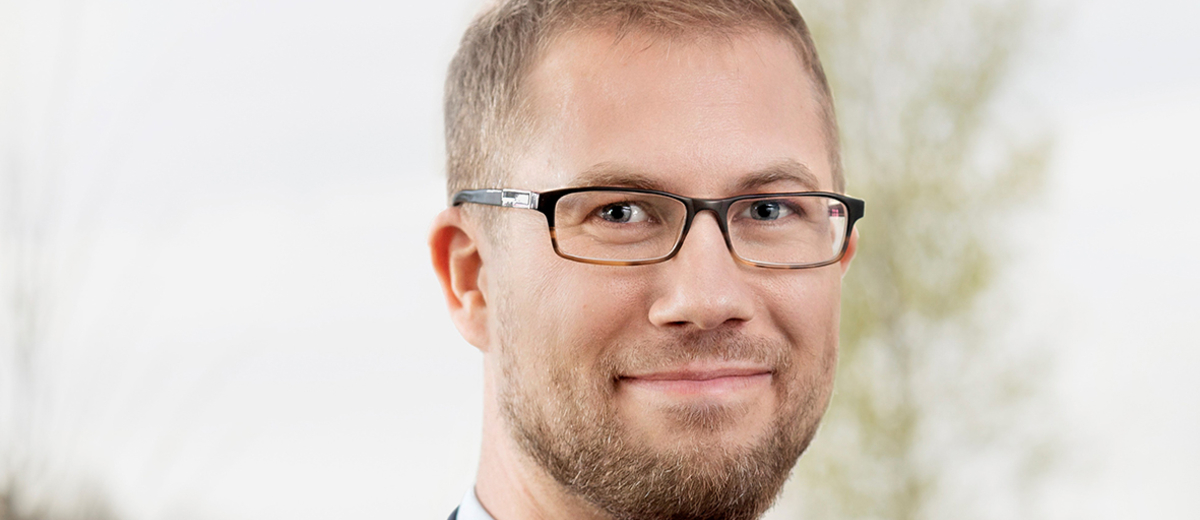
A sizeable deposit-return system
Svenska retursystem’s customers are all part of a sizeable deposit-return system. The company rents out durable crates and palettes for business-to-business distribution, eliminating many million pieces of disposable packaging. Their most common product is grocery crates, which can be seen in almost every Swedish grocery shop. The pallets and crates are made of durable, recyclable plastic.
When the crate is empty, it is sent back for cleaning and, when necessary, repairs. Svenska retursystem has more than 1,500 customers, many of which are grocery shops. There are 20 million crates at the moment, and 500,000 units are sent out every day. To make sure that the return system works, there are fees, rent and deposits for the products to circle back and be used again.
– Pallets and crates are sent to food producers, who fill them and then ship them to a wholesaler and then to a food shop or restaurant, says Pontus Björkdahl, Head of Sustainability at Svenska retursystem.
The pallets and crates are made of durable, recyclable plastic. When the crate is empty, it is sent back for cleaning and, when needed, repair. Compared with disposable packaging, reusable crates reduce CO2 emissions by 74%.
– Our crates are designed to last for 15 years. When the crate is worn out, we send it back to the manufacturer, who grinds it down and uses the material to create new ones.
Svenska retursystem has more than 1,500 customers, many of whom are grocery shops. There are 20 million crates at the moment, and 500,000 units are sent out every day.
– As the system has grown, it has also become more effective. For example, we reached a milestone last year, where 2 billion disposable pieces of packaging weren’t produced thanks to our system. These large volumes and numbers of users make finding more synergies in the system and transportation effective.
Beyond making the crates’ system more efficient, the company implements a wide range of measures to improve its sustainability performance and business model.
– A couple of years ago, our board decided to switch to a full-sized, fossil-free transportation fleet in Sweden by 2025 and abroad by 2030. In 2020, we initiated a procurement process for transportation. It wasn’t easy in the beginning. We would receive answers saying that it would be impossible due to our significant material flows. Finally, we found a few transportation providers to deliver on our plan. By 2025, we will have fossil-free deliveries and during the first year of the new contract period we have already halved our CO2e emissions per pallet kilometre, which is a KPI showing the level of CO2e-intensity in our transportation.
Svenska retursystem is actively working to reduce its climate footprint and is transparent about it.
– Looking at the environmental impact, we can see that designing durable products is more important than the material. However, that doesn’t make materials unimportant. We need to work on both ends, and we have therefore decided to switch all fossil-based virgin material to recycled or renewable material by 2030. Right now, we are testing a full-size pallet produced from 100% post-consumer plastic.
Even though the return system is growing, there are still unresolved obstacles.
– One complicated matter is peak management. Huge orders come into grocery stores during the Christmas and Easter holidays to satisfy the customers’ needs. This means that we must have enough units to deliver to our users during this period, and this requires an excellent prognosis to make this system as efficient as possible. I would say that this is something we will need to work on more. For example, our crates don’t have any markings or tags today. By introducing individual labelling, we would detect bottlenecks more effectively. It would give more value to our users and make the whole return system more efficient.